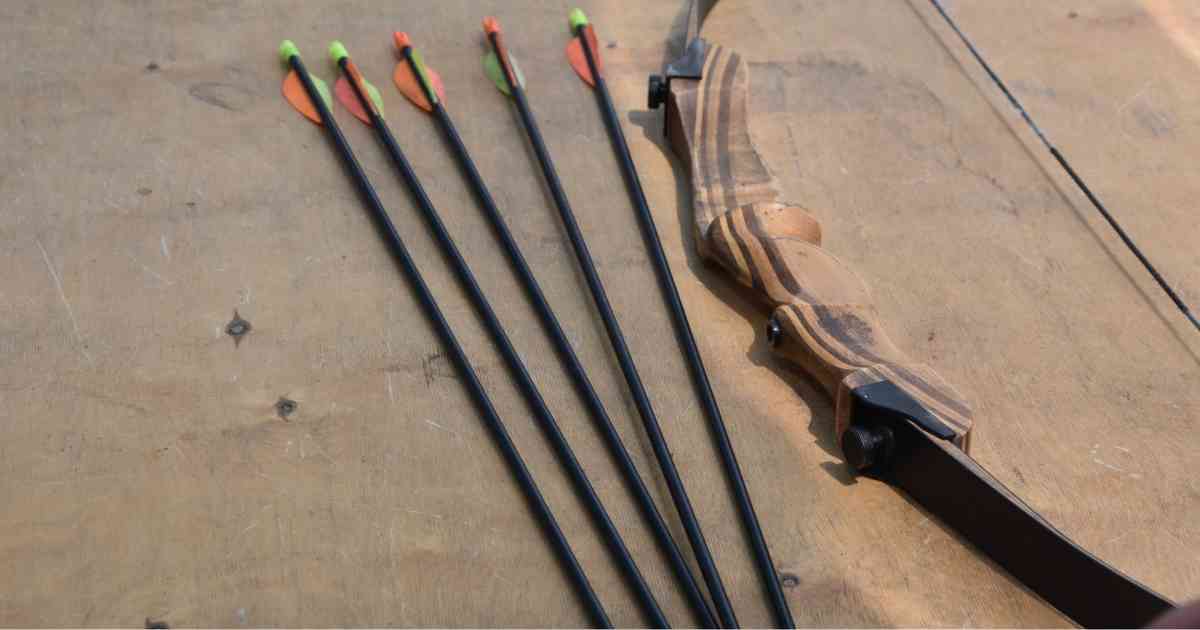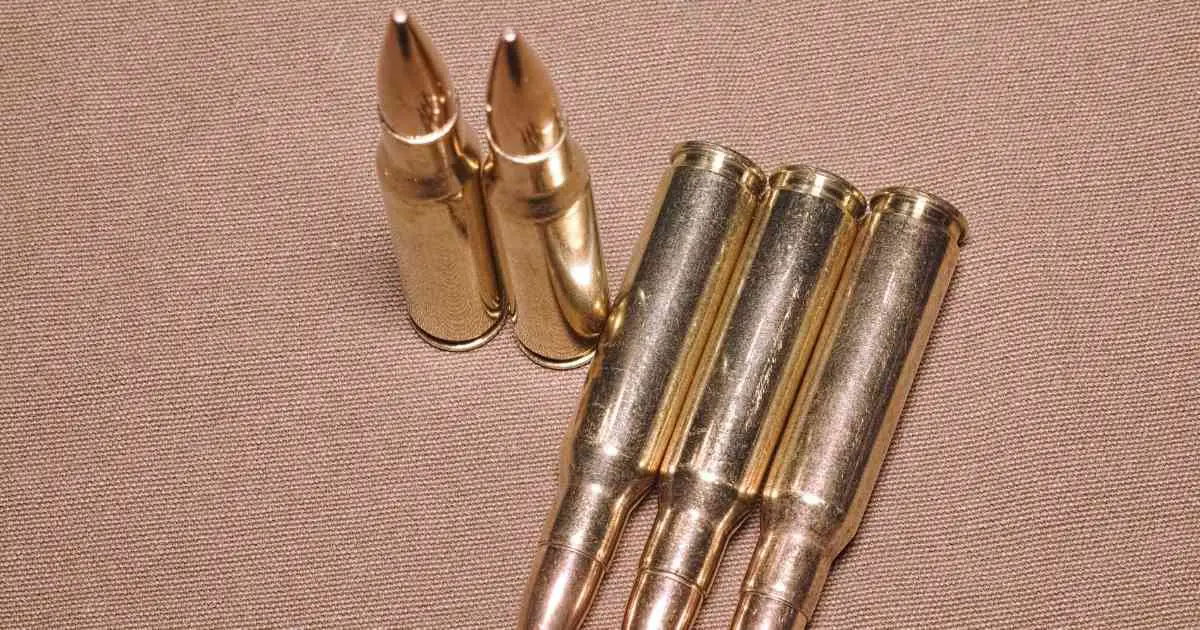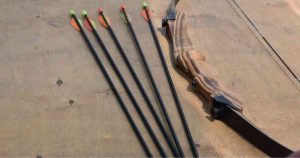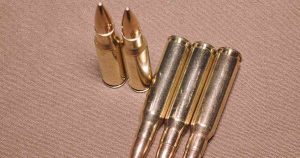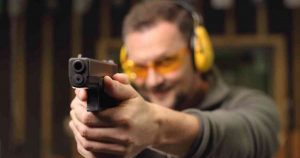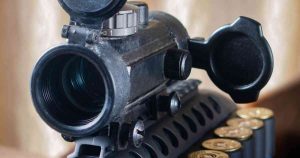Widespread and precisely dressed lush green grass under the gigantic blue sky with soothing tranquility all over the place; a small white ball penetrates the cool breezes like a bullet after getting a hit from land; taking a beautiful curve high in the airball lands somewhere at another corner of the ground; this panoramic view can make anyone fall in love with GOLF.
Of course, Golf is the most pleasant game in the world. Its serenity made it famous as a “gentleman game” across the world. Like other games, it has its own rules and requires some sorts of equipment to play it apart from a golf course. The main equipment of golf is golf rangefinder, irons, bag, balls and gloves.
I know, as a beginner, you might be overwhelmed and caught by storm of questions about purchasing the golf stuffs which suit you best. So, don’t worry, here you will get answers to all of your questions.
How to choose a golf rangefinder?
Playing a game always has been thrilling but when a player wins the game then the thrilling sensations turns into excessive pride. In case of golf, rangefinder plays a very important role to ensure the victory. New golfers may have counter question in their mind. Does really a rangefinder essential to buy? Good question, by the way.
Have you ever wondered how a sniper takes a deadliest shot in the head of his enemy from the distance of 3000 meters away? Here comes a wonder of rangefinder. Yes, rangefinder made it possible. Now you might have got an idea about the importance of rangefinder. Basically, it measures the distance of the target from the observer and gives a better understanding to the player before hitting a ball.
Find below specifications what make a rangefinder best one:
- Accuracy: Rangefinder’s prime aim is to measure the distance. So, always double check the accuracy. The best accuracy is considered ½ yard.
- Range: Now next come range in the list of points to remember before selecting an ideal rangefinder. Range means how much distance a rangefinder can cover. When it comes to making big shots range parameter of rangefinder matters a lot in golf. Ideally, the range should be 5-1000 yards.
- Slope measurement ability: The rangefinder equipped with this feature enables the observer to measure the slope dimensions from his position to the target. It helps to hit the uphill or downhill target.
- Water proof enabled: To enjoy the non-stop golf even if it is raining then go for water proof rangefinder.
- Easy to use, handy and looks: Easy to operate, compact size, handsome looks and light in weight are formidable features for any gadget. Luckily, golf rangefinders also come in a different size, design, colours with easy functions.
- Price: Now comes price; the price range is something that depends on person to person. All I can say is that the more would be price, the better would be features. The ideal range for a good quality rangefinder is between 150$ to 350 $.
What are the best golf Rangefinders?:
Find below the best golf rangefinder which meets all the above-mentioned specification:
- Bushnell Pro X2 with Slope: Price 450$
- Nikon Coolshot Pro Stabilized (with Slope) : Price 410$
- Bushnell V4 Laser Rangefinder with Jolt: Price 317$
- Precision Pro NX7 Rangefinder: Price 230$
- TecTecTec PRO500 Rangefinder: Price 180$
- Bushnell Hybrid GPS Rangefinder: Price 379$

Can a hunting rangefinder be used for golf ?
If this question has also flashed into your mind then it means you are an intelligent and creative minded person. “Killing two birds with one stone” always has been considered a most excellent deal.
Now the answer to this question is, yes. Nowadays, technology has made things simple. Latest in the series of golf rangefinders, there are many exotic rangefinders which could be used for both purposes: golf and hunting. Only to keep one thing in mind is that: only laser-based rangefinders could be used for both aims. Precision Pro Golf- NX7 Shot Laser Rangefinder (179$) is considered best for golf as well as hunting. Its “LAST PRIORITY HUNTING” feature is great for hunters in brushy, wooded areas. This feature filters the target through branches and leaves picking up distances in tricky spots.
Can Golf pros use rangefinders?
In short, the answer is both, yes and no ; but, with ifs and buts, the permission to allow it lies in the hand of local committee of the tournament. Actually, it has been a matter of extensive debate in the world of golf. After a long consideration, rangefinders, smartphones, PDAs, binoculars with only distance measuring features and other distance measuring application have been allowed to use only some extent. Moreover, a device can be used to measure the yardage to green, hazards, trees, recording round information like scores and distance. On the other hand, slope reading using any kind of device or rangefinders is not allowed strictly. Besides it, to measure wind speed and swing path are not allowed in professional competitions and tournaments.
Golf bags:
In golf, a bag tells a lot about the player without saying a word, actually. A golf bag is directly linked with what kind of golfer you are. One should wisely choose the size accordingly and must be best budget golf bag. Broadly, golf bags could be divided into four categories: Staff bag, cart bag, stand bags and carry bag.
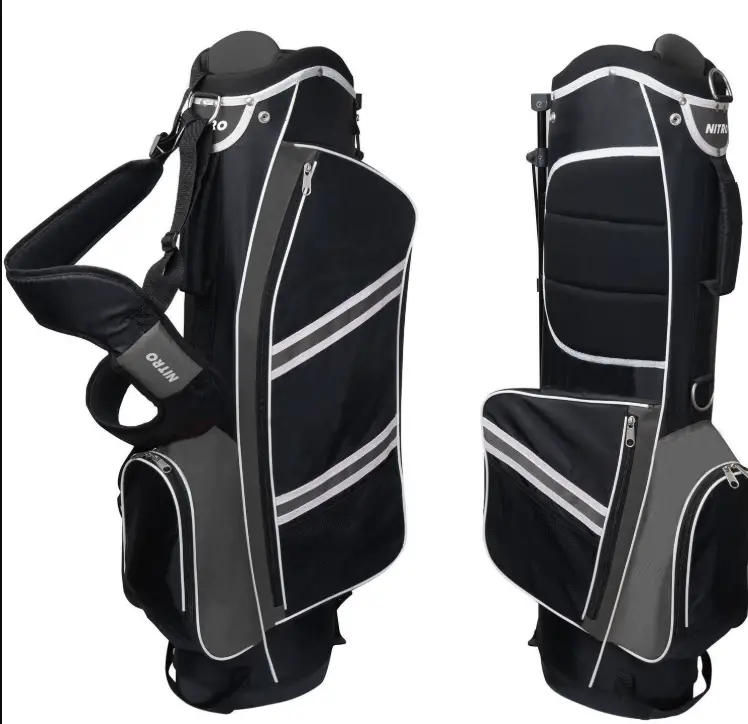
Staff bags: Such kinds of bags largely are used by professionals during tournament. These bags have been designed for marketing purposes as well. Normally, it has a big logo to catch the eye-balls and they are bulky, heavy and don’t give much extra space. As its name suggest, it is carried by a staff of the player in golf course.
Cart bags: These bags have been designed to put and carry on the golf cart. Cart bags provide abundant storage space. A typical cart bag has single strap and does not come with buit-in stand. Its all pockets are on the front sides of the bag in order to give easy access to the user while it lies on the cart.
Stand bags: Stand bags, as its name suggests it has a built-in stand. It comes with two straps as a result it could be carried easily and leave erected on the stand. It also provides plentiful space.
Carry Bag: These bags are compact in size of all the bags and provide comparatively less space. The aim of this bad is to carry only essential golf stuffs. It comes with only one large and two-three small pockets.
Various golf irons and uses:
Golfers use clubs to hit the ball towards target and clubs largely consist of irons. Typically, in one standard set of golf clubs contain around 9 irons. Irons come in two different designs and many sizes. Ideally, it is made of cast steel and cast iron. According to the requirement, a golfer can use any suitable iron to hit the ball.
On the bases of design irons could be divided into two parts: Typically, the back side of iron’s head is designed in two ways muscle back and cavity back.
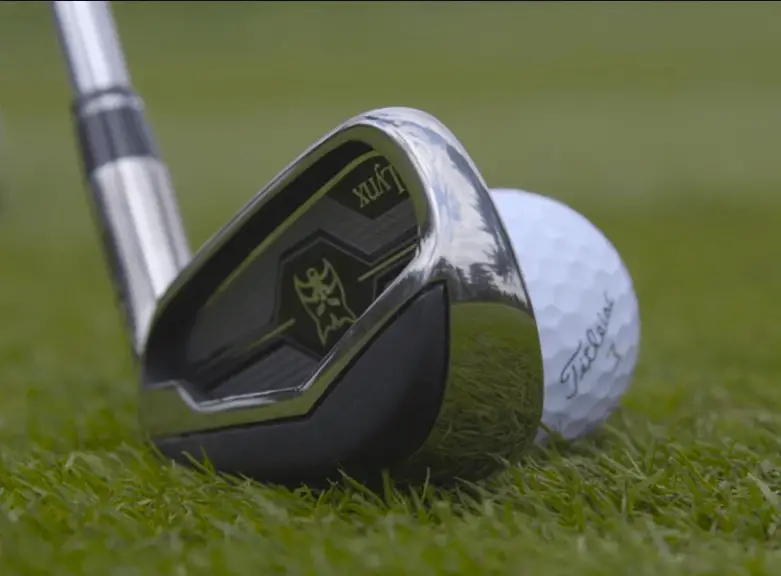
Muscle back (blade): Muscle back iron means it has full back side. It is slim and strong. It gives flexibility while taking a shot. In past when technology was not much developed then all the iron used to be of muscle back type. It has lower moment of inertia; it means it gives less forgiveness while playing. The benefit of muscle back design is the ability to show the mistake and shaping a shot. On the other hand, its disadvantage is lack of consistency.
Cavity Back iron: When the metal engineering evolved then the cavity back design came to existence. It means, golfers got their hands on the upgraded design of irons. Basically, it is thick and hollow in design. It is versatile and its frame is more suitable to hit the ball. The base of the cavity back iron is wider which makes it fit for taking longer, higher and straighter shots. The disadvantage of this design is its weakness to shape the shots.
Sets of iron:
Irons are identified with their numbers in reference to their loft; the higher the number, the higher would be the loft. Find below the types of irons in reference with their numbers.
- Driving iron: Iron 1, this type of iron is no longer in fashion. By the way, it was the lowest lofted iron.
- Long iron: iron number 2 and 4 are known as long irons. Long irons have the lowest loft and longest shaft. These are suitable to take the long shots for up to 180 to 260 yards with a low angle. When it comes to taking a shot from fairway; golfers choose it.
- Mid irons: Number 5 to 7 are called mid irons. Generally, it is best to take a shot from a rough area and fairway as well. Moreover, it is considered good for mid-level shots like 130 yards to 210 yards.
- Short iron: 8 and 9 number of irons identified as short irons. These irons have thick heads and a short shaft in length. As the name suggests these are good to take a medium to short shots with swing, ranging between 130 to 150 yards. Especially, when it comes to pass an obstacle like tree or uphill and to make the ball enter into the green area, golfers use it.


